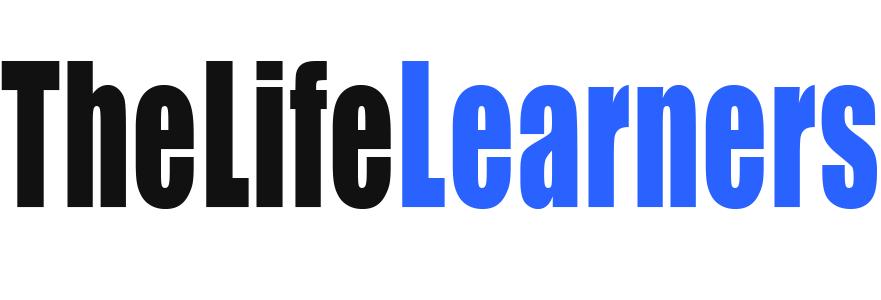
As we increase our use of nonfiction texts in the classroom, everyone can feel overwhelmed. Teachers struggle to find engaging resources and activities, and pupils often struggle with comprehending and organizing the text’s components. Furthermore, extending pupils’ knowledge beyond basic identification takes practice and reinforcement. The solution? Specifically identifying and analyzing the description text structure provides opportunities for comprehension of a variety of nonfiction materials, as well as reinforces reading comprehension and strategies. The following is a collection of lesson ideas, activities, and assignments that scaffold, extend, and engage students in meaningful learning experiences.
Finding the Right Lessons
Especially in the beginning of a nonfiction unit, my sixth graders often groan, thinking everything related to informational text is boring. However this mindset quickly changes as the class is exposed to a variety of articles and resources. For me, finding examples of description text structure was fairly simple, but finding the right introductory lesson was difficult. I wanted to engage my class in identifying, reading, and writing the text structure. After a lot of searching this is what I discovered:
- Graphically Organize Supporting Details: In order for my students to accurately recognize description writing, as well as mimic it, we needed to focus on details. To accomplish the task, I gave my classes two different graphic organizers. One was a chart of the four common types of details (i.e., facts, examples, quotations, and sensory details). Another was an interactive chart that has an illustration of each of the five senses. The chart is a miniature flip book that allows writers to record sensory details as they read passages. This does two things: it provides practice in identifying, and also helps create a word list for later writing.
- Color-Coded Textual Examples: Once the class is comfortable with identifying, we move to analysis of the text structure. Again, to start the lesson an excerpt of an article is distributed to individuals. After reading through the article once, they color code the different structural elements. The class assigns different colors to the main idea and supporting details. After a second reading, the article is highlighted and shared in a think-pair-share discussion. Once these discussions are finished, students independently rank supporting details from strongest to weakest, providing evidence in a short response paragraph.
- Audio Texts: In an effort to keep class interesting, I like to alternate the method of reading and sharing text. Using audio texts is one method of varying class readings. When I want readers to focus on specific elements of a text or respond as they are moving through a text, using audio allows them to do so. Especially in cases of my ELLs, audio helps them focus on comprehension rather than on decoding.
Description Text Structure Reinforcement Activities
As we move through various articles, it becomes time for writing. Using graphic organizers, charts, and color-coded examples as resources for creating a description essay helps students begin their own individual work. After choosing a topic of interest, writers outline a main idea and various supporting details to include in an essay. This process allows for review of everything the class studied, took notes about, and responded to. The essay writing has taken a couple different forms over the years, depending upon the group of writers that are in my classroom that year. Here are a few of the good ones:
- The Classic Essay: This is exactly how it sounds; provide a rubric and checklists and they’re off to the races.
- Interactive Posters: Using online resources such as Glogster, students create an interactive poster with links to video clips and written essays. The same requirements for main idea and various supporting details are required.
- Picture Book: Using both illustrations and descriptive writing, students create a book describing a hobby, favorite memory, topic of interest, etc.
More Lesson Planet Resources:
Text Structures in Science Writing, Descriptive Prompt: Precise Language, What is Expository Text and How Do I Learn from It?

